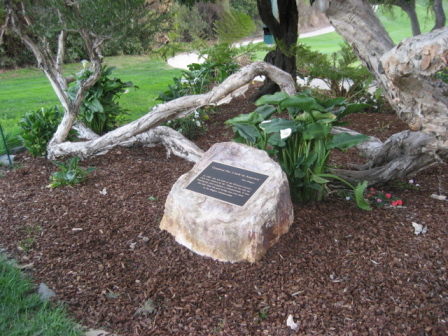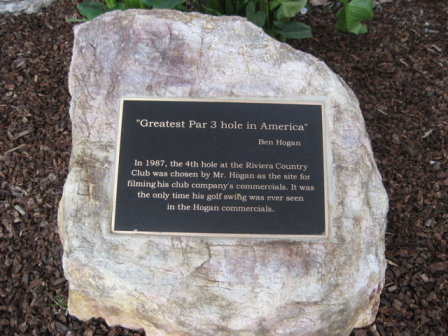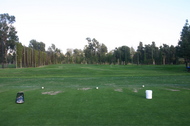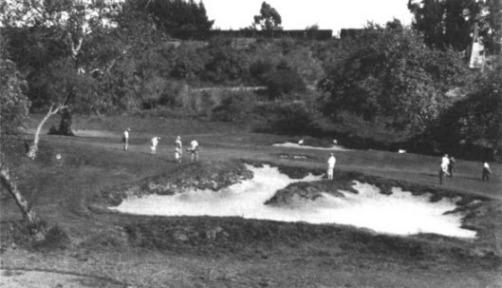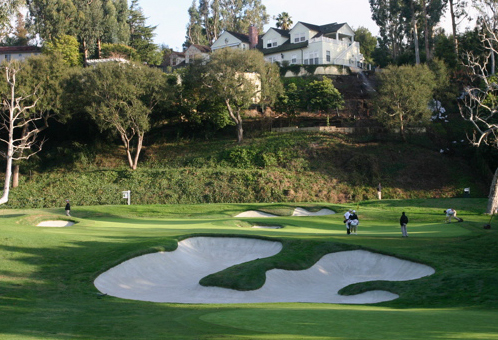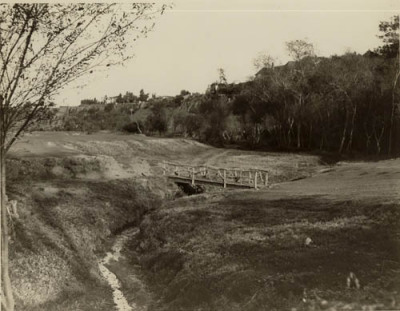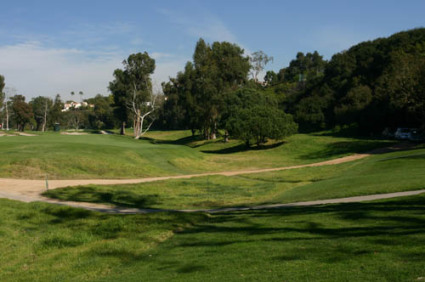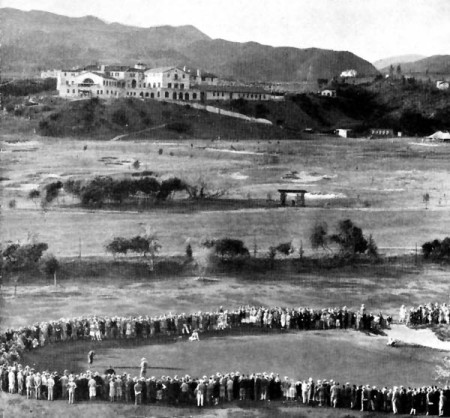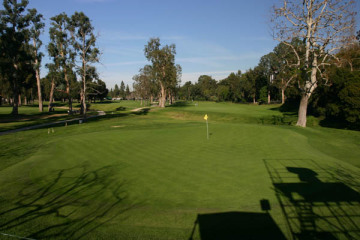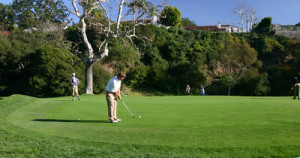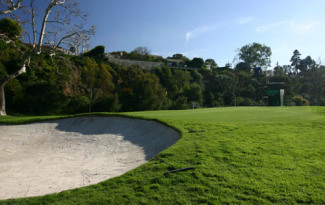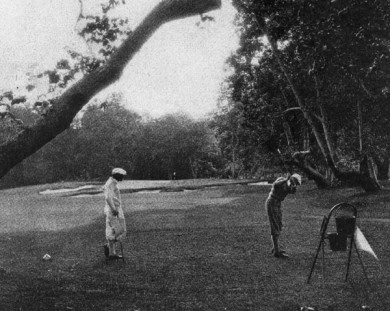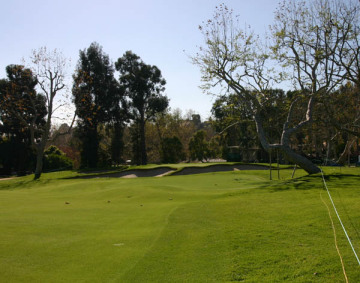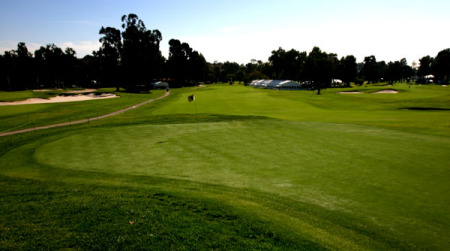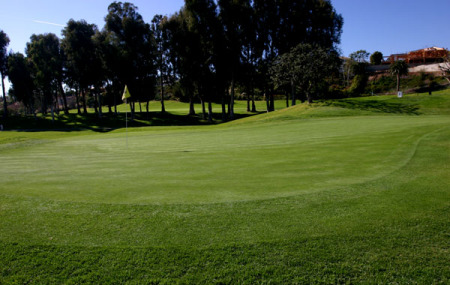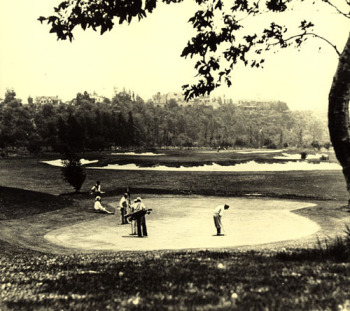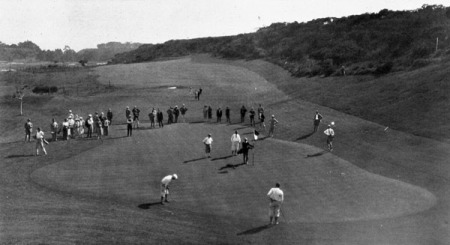No Longer Tempting, Still Interesting
/First, let's get the Faldo-Nantz question out of the way. During Sunday's telecast, they apparently asked why architects can't build holes like the 10th at Riviera anymore.
I wish Jim had asked me earlier in the week. The answer is so simple!
Most of today's architects haven't got a clue what makes No. 10 work, which makes it kind of hard to design a hole like it. Sorry boys. Your ordinary short par-4 portfolios back me up on this one.
Okay, now that we settled that, let's consider about what happened this year.
The tiny little green was firmer and faster than ever. A positive change was made by Tom Marzolf (to offset the really lousy ones) when the bunker face in the back left was lowered, bringing the green and fringe right up to the bunker, making the right side that much more daunting.
Yet, for the first time in the governing bodies-failing-the-game-on-distance era, nearly everyone in the field believes the only play is to drive the 10th. Even Jose Maria Olazabal was doing it.

Mickelson approaches No. 10 in the 2007 Nissan Open playoff from an odd angle (click to enlarge)I asked Phil Mickelson in his post-Sunday round session why he doesn't consider the lay-up optoin, which seemed to startle him based on the unusual pause before answering.
Q. Can you talk about your playing strategy on 10 and why you don't lay up, what's your approach to that [hole]?
PHIL MICKELSON: The only way to play that hole is to get past the hole. The real question why didn't I hit driver and get it for sure past the hole. I thought with a little bit of help, 3 wood would be enough. You can't hold that section of the green, short of the pin. There is no way. It's was too firm and it's angled six or seven degrees away from you, it's just not possible.

Final round ShotLink data for No. 10. Note how few layed up. (click to enlarge)The concept of laying up left and having a wedge in? Not even in the cards anymore.
And that's not just for a long hitter like Mickelson.
Consider eventual winner Charles Howell's comments:
Q. Charles, during the ride past on the playoff on the tenth hole, Jim Nantz and Nick Faldo were talking about world ten what's the history with that whole number?
CHARLES HOWELL III: We've had a love/hate relationship, I think it's one of the greatest par4's that we play and it was different this year, and I think you saw more guys go at that green off the tee because the green was so hard. In the years passed here, that green has been so soft with all of the rain you can lay the ball up to the left and hit a wedge in there and hold it. I saw a lot of great wedge shots this week land on the green and end up in the bunker. With the greens being as firm as it was, around the green, as to why we don't have more, I don't know. Because that one there is every bit as nerve-racking and exciting as we need.
Q. Where are you trying to play it on 10 when you are playing?
CHARLES HOWELL III: Anything. Anything at this front edge of the green or just left of it and pinhigh. So the reason that hole is so good is that the golf ball is going so far now that a driver actually gets past that and you end up chipping back this way. So Phil hit a 3wood, I hit 3wood, we've got to hit those 3woods pretty darn good to carry that last bunker to left. So it's really hard to get that ball pinhigh left. Like I said with that green firm, that front right bunker is no bargain.
So I'm not sure if this is a statement about the (lack of) confidence Tour players have from 110-75 yards, or simply a statement about the sheer ignorance of the world's greats.
I'm still not convinced that driving the green is the percentage play, when, as Steve Elkington told a few of us earlier in the week: laying up all four days, he'll never take more than 16 for the week on No. 10, and he'll probably play it 2 under.
Either way, one thing became clear.
The tempting quality of the hole that Jim Murray so beautiful described years ago has become a casualty of unharnessed distance.
This does not make it a lesser hole, just a little less interesting and a whole lot different than just a few years ago.




